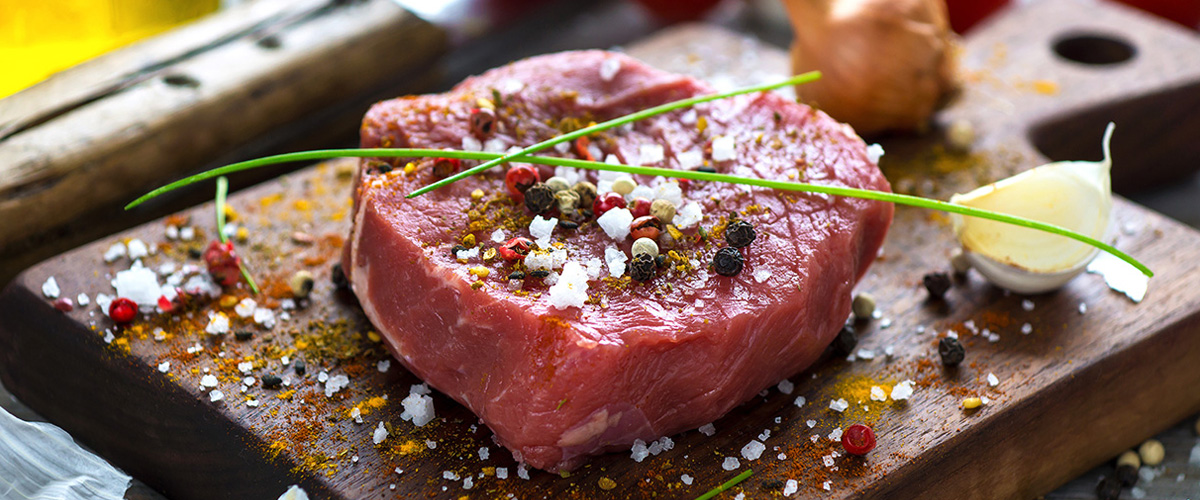04
2015
VARIABLES THAT AFFECT GLYCEMIC INDEX IN FOODS

The following also influence a food’s Glycemic Index (GI), i.e., the ability of the food to convert to glucose when ingested. Glycemic index uses a value between 0 up to 100, with higher values [usually above 50] given to foods that cause a most rapid rise in blood sugar. Here are some variables that influence the GI of foods:
Processing: Processed, refined, or finely ground foods tend to have a higher glycemic index.
Type of starch: Different types of starch are absorbed differently. For example, potato starch is digested and absorbed into the bloodstream relatively quickly. Barley is digested and absorbed much more slowly.
Fiber content: The more fiber a food has, the harder it is to digest. As a result, sugar is absorbed more slowly into the bloodstream.
Ripeness of fruit: The riper the fruit, the more sugar it contains, and the higher its glycemic index.
Fat or acid content: The more fat or acid a food contains, the more slowly it is digested and the more slowly its sugars are absorbed into the bloodstream.
Preparation: How a food is prepared can influence how quickly it is absorbed into the bloodstream. Generally, cooking or grinding a food increases its glycemic index because these processes make food easier to digest and absorb.
Other factors: The way the body processes food varies from person to person, affecting how quickly carbohydrates are converted to sugar and absorbed. How well a food is chewed and how quickly it is swallowed also have an effect.
